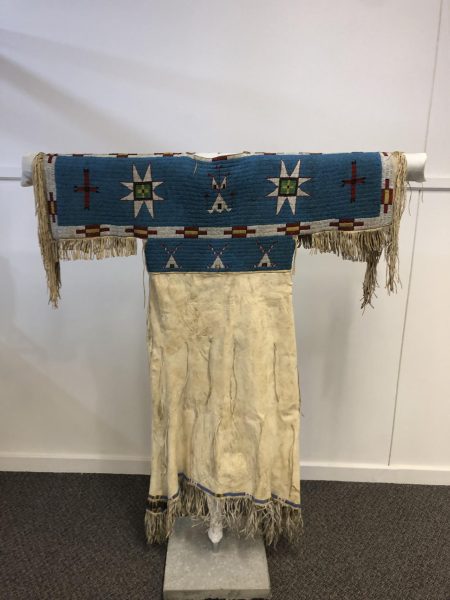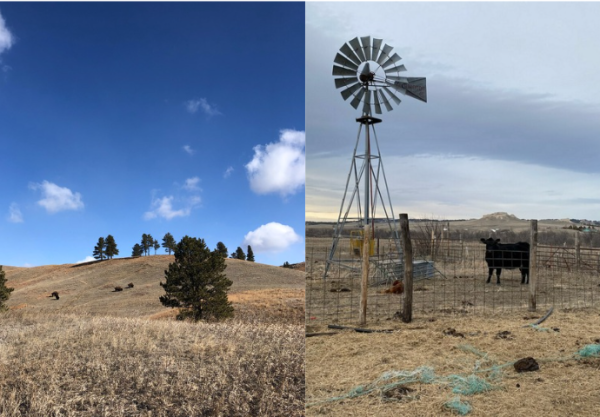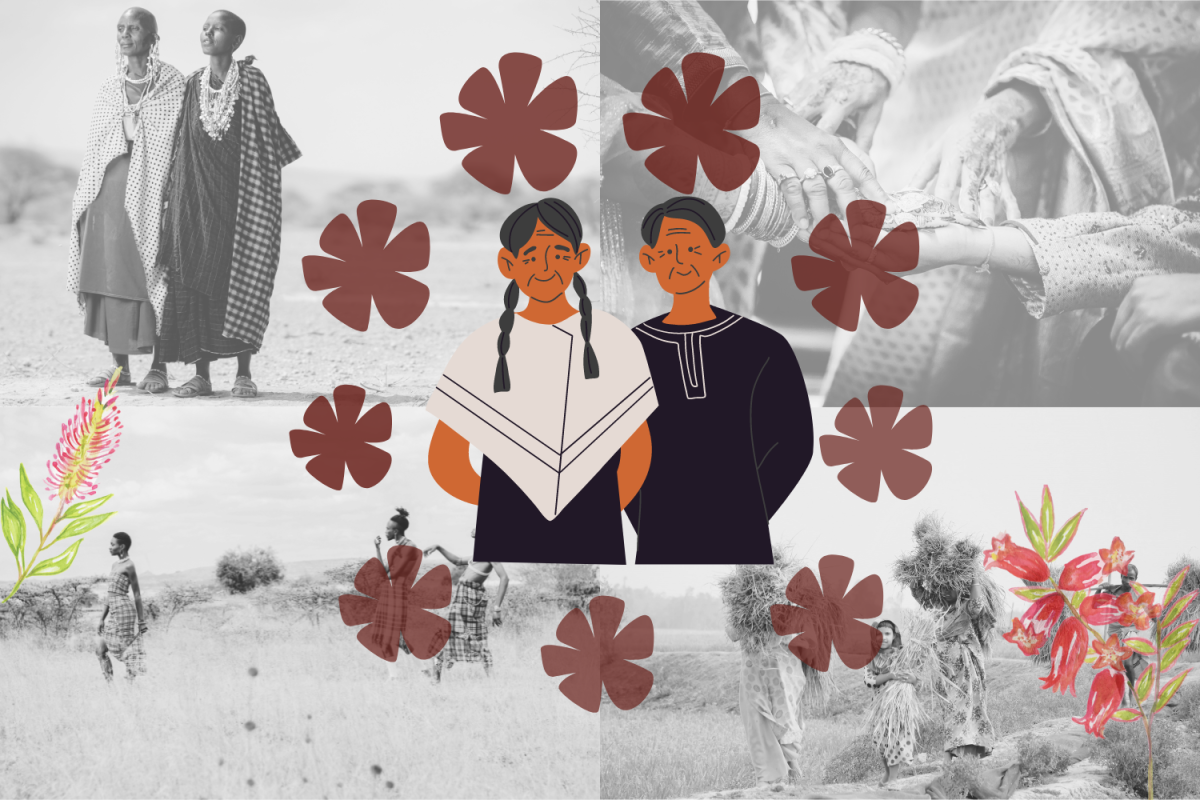As the leaves begin to fall in November, Native American Heritage Month offers a time to celebrate the histories, cultures, and resilience of Indigenous communities. Native American activists began fighting to establish a day of recognition for the contributions of their ancestors in the 1960s. Their efforts led to the appointment of a month dedicated to Native Americans, according to nps.gov. In the upcoming summer, Sacred Heart Greenwich students will learn more about Indigenous people and their culture through a week-long service project at the Pine Ridge Reservation in South Dakota.

The United States (US) government officially recognized Native American Heritage Month in 1990, when President George Herbert Walker Bush signed a law approving a joint resolution establishing November as Native American Heritage Month. However, New York state was the first to honor the efforts of Indigenous Peoples’ achievements in 1916. In particular, Dr. Arthur Caswell Parker, director of the Rochester Museum and Science Center, fought for an appreciation day for Native Americans. His efforts led to a month-long dedication to Native Americans, according to schools.nyc.gov.
The oppression of Native American cultures began with the arrival of European settlers who first colonized the American continents. The US government established Indian reservations to place Native Americans under the government’s control, forcing them to relocate to reservations. The government pressured Native Americans to discard their traditional clothing, learn how to read and write English, sew, raise livestock, and convert to Christianity, according to history.com. Over time, these hardships destroyed Indigenous cultures and their way of life, according to npr.org.
Mrs. Maureen Considine, Upper School Director of Campus Ministry, witnessed the ongoing struggles of Native Americans who live on reservations when she visited the Pine Ridge Indian Reservation in South Dakota. Mrs. Considine explained the poverty that exists on the reservation.
“The dramatic beauty of the South Dakota badlands is a stark contrast to the pervasive poverty of the Pine Ridge Reservation,” Mrs. Considine said. “The poverty there is very oppressive because many of the people who live on the reservation don’t feel like they can get out.”

The Sacred Heart service project on the Pine Ridge Indian Reservation aids children in this struggling community. Participants engage in engage in service, reflection, and cultural immersion. In March of 2023, Mrs. Considine visited the Maȟpíya Lúta school, formerly the Red Cloud Indian School, on the reservation with Dr. Cristina Baptista, Upper School English Teacher, Perspectives Advisor, and Chair of Committee on Community and Belonging, and Dr. William Mottolese, Upper School English Teacher and Chair of the Committee on Civil Discourse. This summer’s service trip, taking place June 14 to June 20, will give students the opportunity to participate in work projects to improve living conditions for families living on the reservation. Mrs. Considine highlighted the purpose and importance of the service learning opportunity.
“Before the pandemic, we used to send students in the summertime to work with the kids that were in camp there and then we also had a faculty exchange program,” Mrs. Considine said. “I think it’s really important for people to understand the story of Native American peoples in this country.”
Featured Image by Lilia Newman ’27




